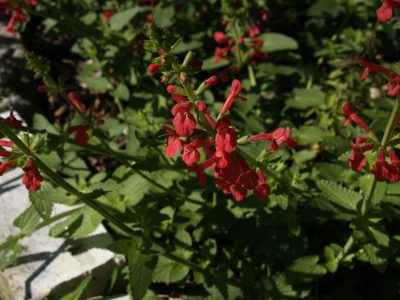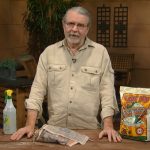What does “native plant” mean?
We often talk about “native Texas plants,” but as you well know, Texas is a big state, with a wide variety of environments. So not all Texas natives do well in all areas of the state.
Native to Bastrop most certainly does not mean native to Fredericksburg, and so, when you decide to plant more “natives” in your landscape, you should be careful to understand your own climatic and soil environment.
Here in Central Texas, you’ll commonly see regional information on recommended natives. In our partnership with the fabulous folks over at the City of Austin Watershed Protection Dept, Extension here in Travis County assisted in developing the acclaimed Grow Green series of horticultural fact sheets, including the must-have Native and Adapted Landscape Plants guide.
Plants in this brochure are listed as native to the Edwards Plateau, the Blackland Prairie, or both.
The Edwards Plateau has shallow limestone or caliche soil and is generally found west of Austin.
The Blackland Prairie has deeper, darker soils, with a much higher clay content.
Native plants that require well-drained soil and are extremely xeric would commonly be found in the Edwards Plateau region, while natives that can tolerate, or might even need, “wet feet,” would be listed as Blackland Prairie plants.








 Daphne Richards
Daphne Richards
 John Dromgoole
John Dromgoole